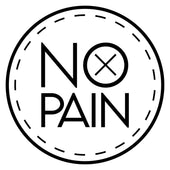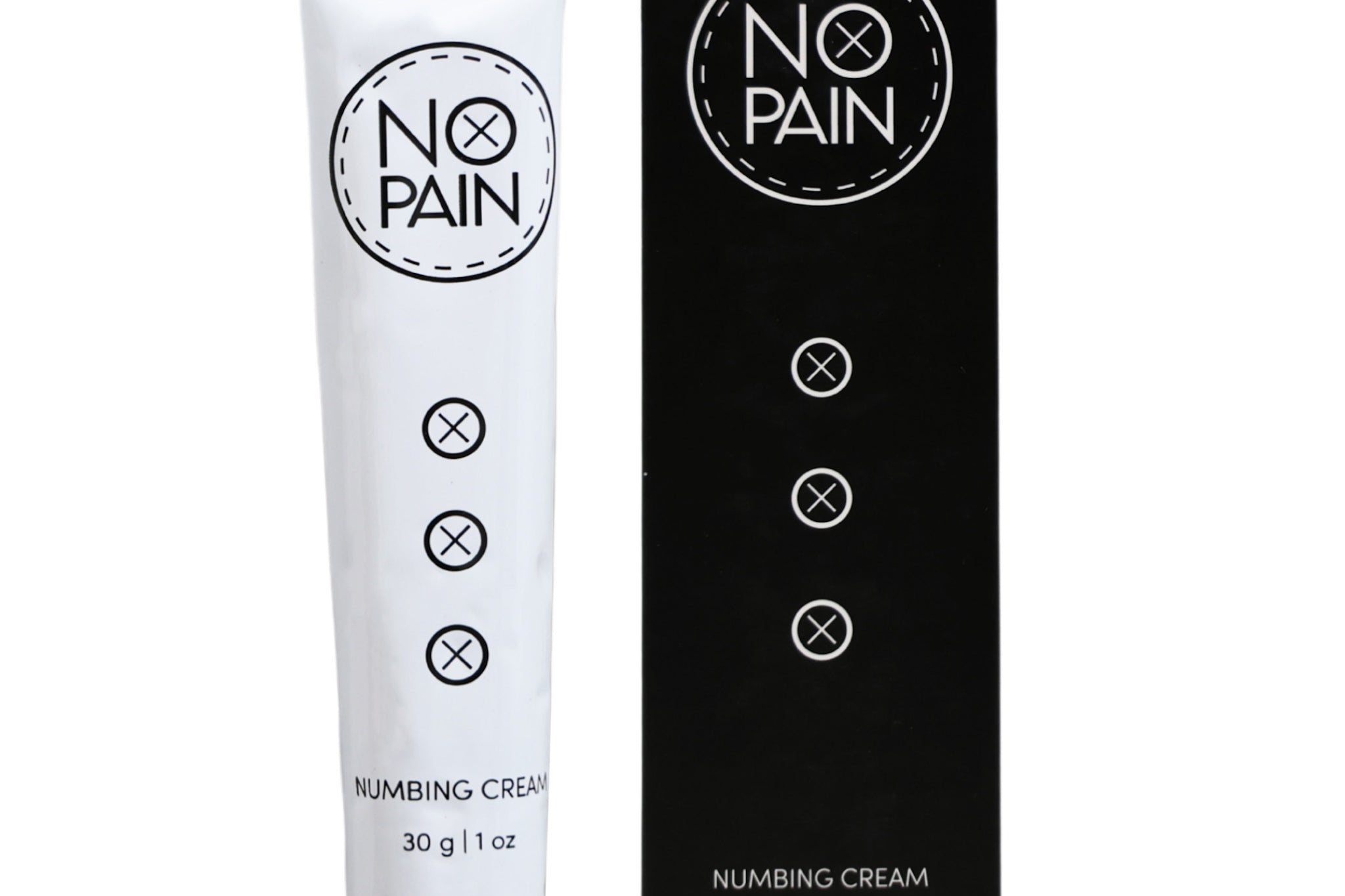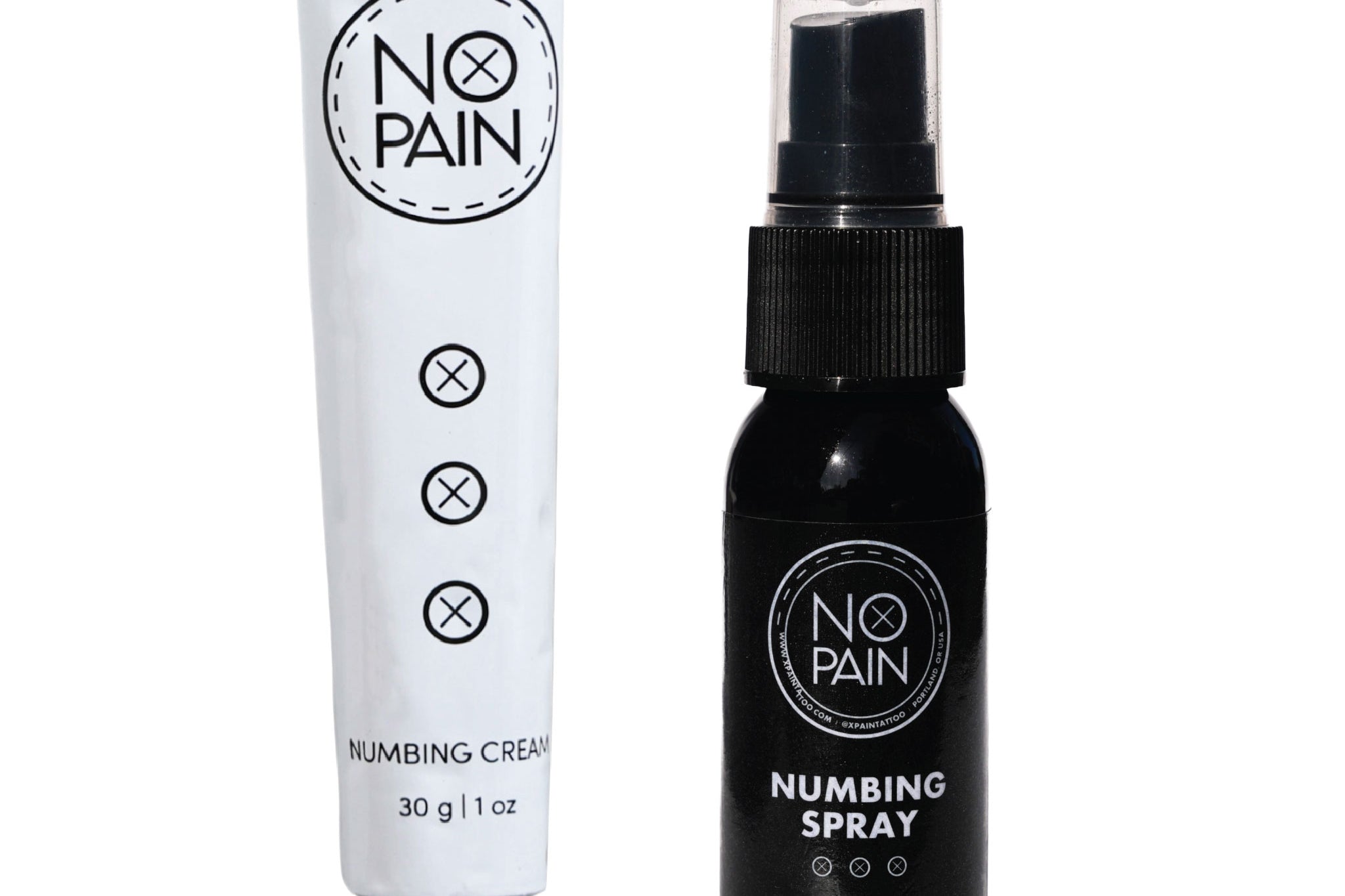As our bodies change over a lifetime, so does our skin. Whether due to natural aging, significant weight loss, or simply the natural softness of areas like the inner bicep, many of us have skin that is less firm than a drum. This often leads to a major concern for those wanting new ink: "Do tattoos hurt more on loose or stretchy skin?"
It's a valid question that touches on the pain, the process, and the final result. While it's absolutely possible to get a stunning tattoo on skin that has lost some of its elasticity, the experience and the artist's technique are a bit different.
This is your guide to understanding the unique challenges of tattooing on loose or stretchy skin and how to prepare for tattoo pain to ensure a great outcome.
The #1 Challenge for the Artist: The Stretch
The single most important technique for creating a clean tattoo is the "three-point stretch." An artist must stretch the skin taut to create a firm, smooth canvas for the needle. On loose or stretchy skin, achieving an effective stretch is much more difficult.
-
The Risk: If the skin isn't stretched properly, the needle can "bounce" or snag, leading to shaky or blown-out lines. An artist must have a high level of skill and a gentle hand to work effectively on this type of canvas.
The Pain Factor: A Different Sensation
So, how bad do tattoos hurt on looser skin? The pain itself isn't necessarily worse, but it can be a different experience.
-
More Pulling and Manipulation: Your artist will need to manipulate and stretch the skin more significantly to create a workable surface. This constant pulling can make the area feel more tender and raw during a long session.
-
Increased Sensitivity: The skin in these areas (like the inner arm or stomach) is often naturally thinner and more sensitive to begin with, which can heighten the overall sensation. What does getting a tattoo feel like here? Often, it's a sharper, more persistent burn.
Healing Challenges: Friction and Movement
How to care for a new tattoo on stretchy skin requires extra diligence. The constant movement and potential for skin to rub against itself can lead to a more difficult healing process, with a higher risk of irritation and scabbing.
The Ultimate Solution: A Proactive Preparation Plan
The two biggest keys to a successful tattoo on loose skin are a highly skilled artist and a very still client. Your job is to be the best possible canvas, and that means managing the pain effectively.
-
Find a Specialist: You must find an experienced artist who has a portfolio full of beautiful, healed work on mature or challenging skin types.
-
Have a Smart Pain Management Strategy: Because the artist needs to be so precise, your ability to stay perfectly still is non-negotiable. This is how to make tattoos hurt less and ensure a great result.
-
Our No Pain Tattoo Numbing Cream is the perfect tool for this scenario. By deeply numbing the area beforehand, you eliminate the pain that causes involuntary flinching. This allows you to relax completely, giving your artist the still, calm canvas they need to do their most meticulous and beautiful work.
-
-
Focus on a Flawless Heal: The tattoo aftercare for this skin type is crucial. You must prevent the heavy scabbing that can be caused by friction. Our No Pain Tattoo Aftercare Bundle is designed for a gentle heal. The Soothing Gel is perfect for the initial phase, as its water-based formula provides hydration that supports skin elasticity without being heavy, and the Aftercare Balm provides a breathable barrier against friction during the peeling stage.
The Verdict: Don't let the natural texture of your skin stop you from getting the art you desire. By choosing a skilled artist who specializes in working with challenging skin and by preparing for your session with an effective pain management plan, you can absolutely get a stunning and well-healed tattoo at any age and on any part of your body.




